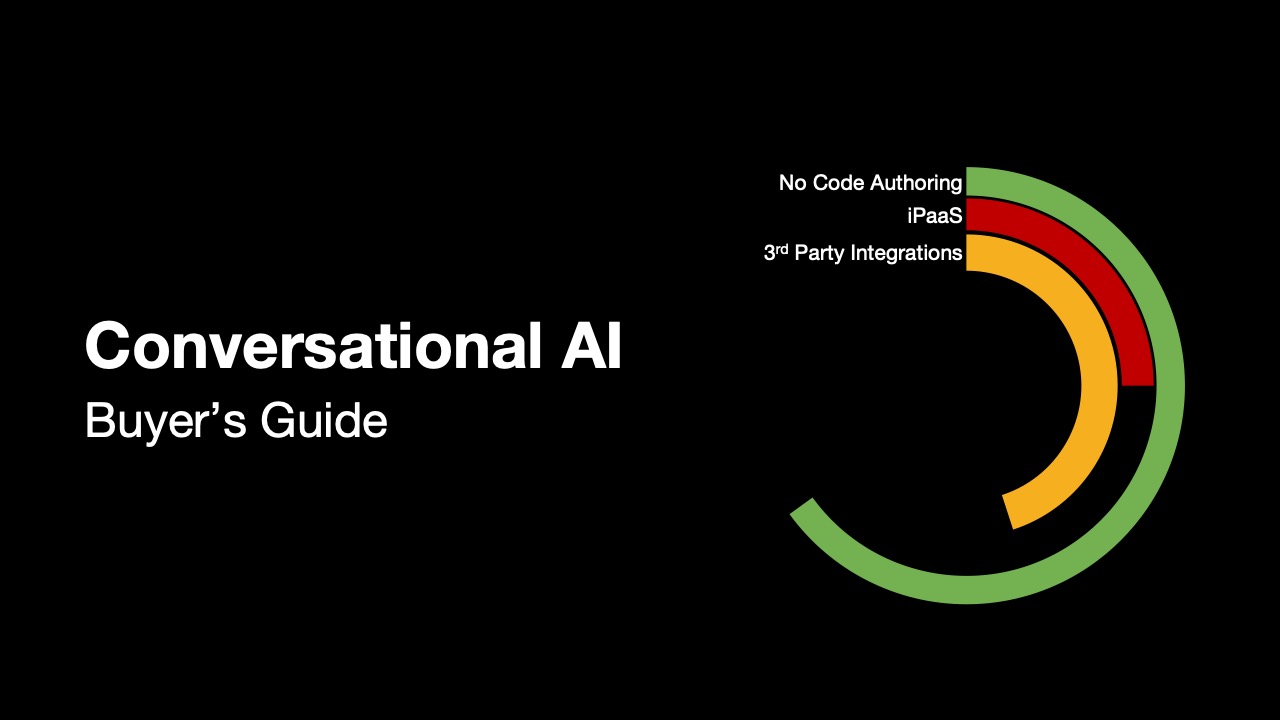In 2011, I received a WhatsApp group invitation from a classmate of yesteryear. Skeptical but not wanting to show disrespect, I reluctantly joined. Several months passed, and as they went, classmates who had settled on the far corners of the world were joining the group. Most of us were chatting with each other for the first time in 20 years!
Naturally, a back and forth dialogue ensued, and it felt like no time had passed at all. Each of us shared family photos, the different careers and paths that we had all chosen, and the difficulties that life had thrown at each of us. I was surprised to find that this one group invitation from 2011 led to such profound and deep engagements, including physical meetings in different parts of the world: Australians meeting Australians, Canadians meeting Canadians, Indians meeting Indians in a cacophony of chats, back-and-forth confirmations, and interspersed dialogues.
The Larger Pattern
I was mesmerized by how a little piece of technology could forge and rekindle connections thought lost all over the world. Under this spell, I convinced myself that there were larger patterns underneath this frenzy. Disk operating systems were built around keyboards, GUI-based operating systems were built around mice, web OS were built around browsers, so an OS needs to be built around messenger. Just like a browser was the user interface for the web, a messenger was the user interface for the mobile web. Now, this is obvious to everyone.
To put it simply, I had to learn more. A metaphorical fire was lit within me, and I knew that I had to do something about it. I left my job as a software engineer, where I built large supply chain platforms to join a dating, social networking company. Here, I got a chance to build chat applications and understand the nuances of running a social network. I visited India in 2013, the place where WhatsApp has the largest user base, and where new ideas in the messaging world get tested.
Unlike China, India does not have WeChat, and the majority of Indians don’t have desktops. Smartphones are their first computer. In India, WhatsApp is the most precious piece of software because of its simplicity, ease of use, friction-free onboarding, and no language barriers. It enables all kinds of workflows. Think of it this way, the kind of workflows done in the developed world on email, Indians do them on WhatsApp.
A New Idea
Even though the enterprise workflows were a small percentage of total information flow on WhatsApp, they were of particular interest to me because of my background. WhatsApp was at the center of order flows, maintenance workflows, event management, Excel spreadsheet exchanges, surveys, data collections, field ops– you name it!
These enterprise workflows on WhatsApp were crude at best. Like crude emails evolved into documents exchanged on the web, which ushered into service-oriented architecture and cloud computing, I thought maybe these messages could acquire structure, state, and sharing, leading to a new era of a global peer-to-peer operating system.
This is why I left my job, to pursue these ideas full-time.
Before I left, I brainstormed these ideas with my classmates on the WhatsApp group, with my colleagues at the job, and the businessmen in India who would become my first customers. I received a commitment of $300K, which I considered to be a validation for what I was doing. Maybe I wasn’t the only nut case! Only later did I learn that several of them were buying front-row seats for this drama that was going to make me ‘humble.’ They had no clue what I was talking about from the beginning.
Making a Move, Falling Behind, and a Valuable Lesson
The distance between commitment and actual money in the bank turned out to be one year. In that one year, I met several VCs, tried to find worthy co-founders, tried convincing my ex-colleagues to join, I courted angel investors to fund, forming the company while spending all of my free time building the prototype. Not surprisingly, I failed at all of these tasks apart from the construction of the prototype.
I couldn’t raise money from the VCs. Apparently, VCs pay for expansion, not for exploration. So I tried angels. The prototype helped. A working prototype and a forward-looking vision allowed me to raise $1.2M from 26 investors, and in Aug 2016, I finally started my company in India, close to my customers. In the subsequent two and a half years, I iterated the vision of instant messenger for enterprises with 200+ small and medium businesses. I deployed the product at roughly 50 enterprises.
I learned a lot about the product, the market, crossing the chasm, blue oceans, but most importantly, the customers and their businesses. I also learned the thresholds of my mental tolerance and my commitment to the idea, though my HbA1c exceeded 11%. The thing that kept us going was the realization that there are 400 million small and medium businesses worldwide that do not have adequate software automation. Messengers had democratized communication, and now it was time to democratize automation.
Automation for All
You see, mass production and mass distribution, driven by technology, globalization, and massive online stores, had created a huge economy of scale that displaced large swaths of small and medium businesses globally. If only these small businesses had access to automation to evolve and adapt to global and local markets rapidly, would they survive? It’s not that small businesses don’t want business process automation; the problem is, nobody has figured out how to reach them at scale.
We think that we have figured out the problem, and that thought is a rush. After two and a half years, we approached people competent in taking the work we had done and scaled it for global 1000 companies. We are now adequately funded for the next run with a shiny office and a shiny team. By giving customers the ability to assemble any piece of furniture with the help of just an Allen key, IKEA took furniture building to masses.
We think “conversation” is the key to taking automation to the masses.
We believe that conversation is automation. We have already proven that some of the least technologically savvy end-users can use enterprise applications because of the messaging interface. Simultaneously, advances in NLP will let us expose automation to even larger segments of society than just simple messaging. The next key problem is modeling the conversation that maps to the customer’s reality in such a way that they can build the automation they need, only with ZERO learning curve.
We need world-class people who can push the boundary of what is possible. We invite you to join the adventure. I know it will be hard, but how else would you get ‘humble’?




